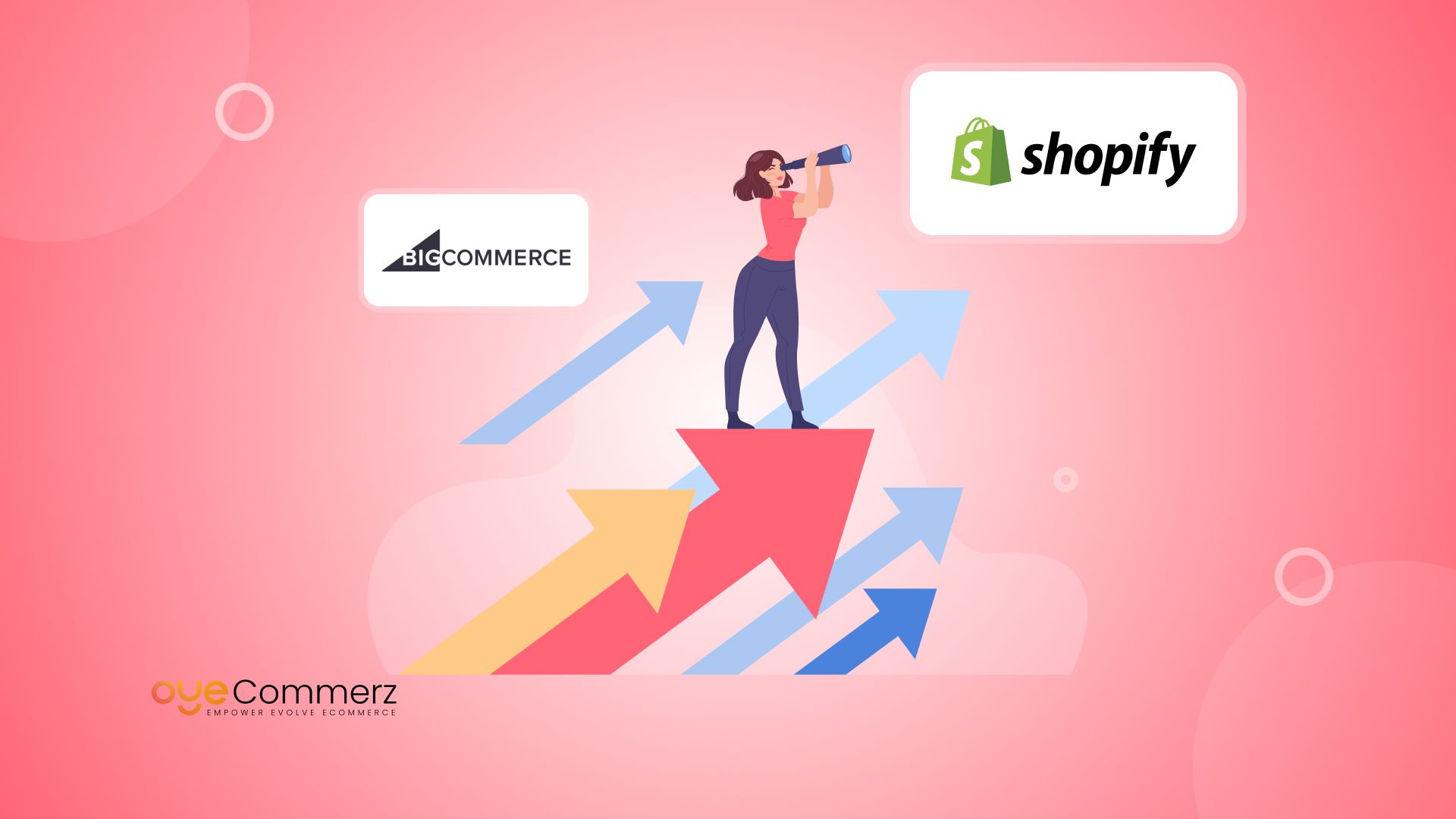Transitioning from WordPress to Shopify marks an exciting step in optimizing your e-commerce processes. As businesses expand, selecting a solution that aligns with scalability, user experience, and flexibility is essential. Shopify has emerged as a preferred choice for online merchants, providing superior flexibility, data protection, and ease of use. In this guide, we will delve into the transformative impact of this migration, discuss the advantages, and provide actionable steps to ensure a seamless move.
1. Why Migrate from WP to Shopify?
WordPress, paired with WooCommerce, has served countless online stores. Nevertheless, as companies expand, issues like reliance on plugins, security vulnerabilities, and complex setups can hinder progress. Shopify, specifically created for e-commerce, addresses these concerns with an all-in-one, intuitive platform. Statistics supports this transition—Shopify hosts over 4.4 million websites worldwide, with a documented 10% boost to sales performance for many businesses after migration.
2. Key Benefits of Shopify for E-commerce Success
Shopify’s robust ecosystem is tailored for expanding businesses. Its standout features include:
- Effortless Design Flexibility: Shopify provides over 80 expertly crafted themes.
- Built-in Features: Capabilities such as Shopify Payments and built-in SEO streamline operations.
- Global Reach: Multi-currency support and regional customization enable brands to expand internationally.
Additionally, Shopify boasts an uptime rate of 99.98%, guaranteeing your store is always operational.
3. Preparing for WordPress to Shopify Migration
Prior to starting the migration process, evaluate your existing setup. Analyze product data, client information, and search engine rankings. Tools like Shopify’s Migration Kit or third-party solutions help ease the transition. Develop a detailed strategy, making sure all resources—item details, images, and articles—are optimized for transfer.
4. The Importance of Accurate Data Migration
Transferring your data is a cornerstone of a smooth transition. When moving from WordPress to Shopify, focus on:
- Inventory Details: SKU, descriptions, and categories.
- Customer Data: Emails, order history, and custom fields.
- Search Engine Considerations: Preserve meta tags, URLs, and redirects to maintain search rankings.
Leverage apps like LitExtension to streamline data transfer while minimizing errors.
5. Customizing Your Shopify Store
Post-migration, personalizing your Shopify store helps it aligns with your business identity. Take advantage of Shopify’s drag-and-drop editor to create layouts with ease. Shopify's templates are optimized for all devices, ensuring a smooth user experience across devices—a critical factor, given 74% of e-commerce traffic comes from mobile visitors.
6. Maintaining SEO During Migration
SEO is vital for maintaining your visibility during migration. Shopify is highly optimized for search engines with organized link formatting, built-in optimization tools, and seamless blog integration. Make sure you:
- Set up URL forwarding for old URLs.
- Optimize new pages with targeted phrases.
- Leverage plugins like Plug in SEO to monitor performance post-migration.
7. Post-Migration Testing
After finishing the transfer, run detailed checks.
Review: - Page load times (Shopify boasts faster speeds compared to WordPress).
- Payment integration reliability and checkout processes.
- Mobile responsiveness.
Testing Expert Shopify developers guarantees your store provides a seamless shopping experience from the start.
8. Case Study of a Successful Migration
One such migration success story is Gymshark, a sportswear company that moved to Shopify. After the switch, the company experienced a 60% increase in mobile sales and significantly lowered site downtime. This showcases the potential of Shopify in enhancing e-commerce growth.
9. Overcoming Common Migration Issues
Migration is not without obstacles, such as information accuracy and adjusting tailored features. However, Shopify’s robust support and external professionals simplify the process. Partnering with Shopify migration process qualified Shopify developers ensures a smooth transition.
10. Starting Your Journey with Shopify
Switching from WordPress to Shopify represents a forward-thinking decision to e-commerce. By focusing on growth, streamlining operations, and enhancing the customer experience, Shopify enables companies to thrive in challenging industries.
Final Thoughts
Switching from WordPress to Shopify offers a smart solution that can significantly boost your e-commerce success. With a well-structured strategy, the right tools, and expert support, you can unlock new growth opportunities.
Excited to start the journey? Let’s discuss how our Shopify migration services can transform your e-commerce platform. Get in touch today, or consider: Is it time to seize Shopify’s advantages for your store?
